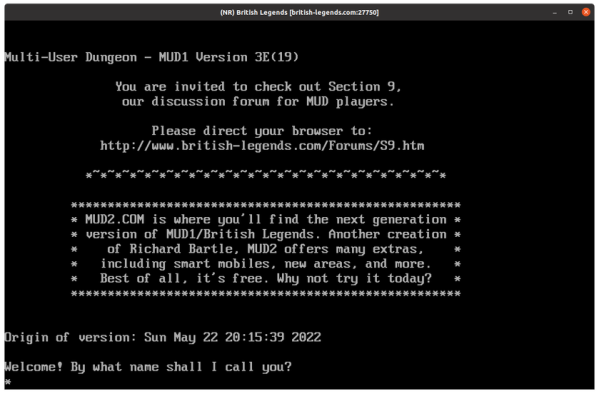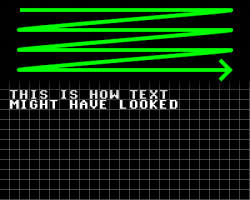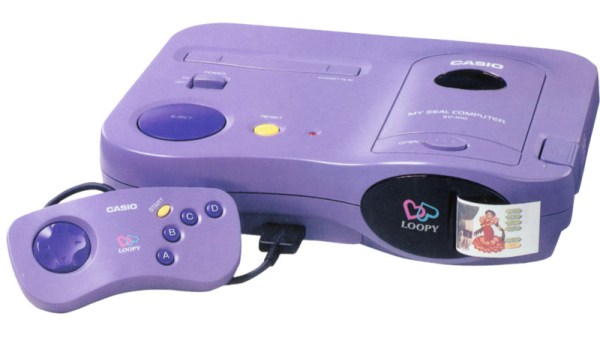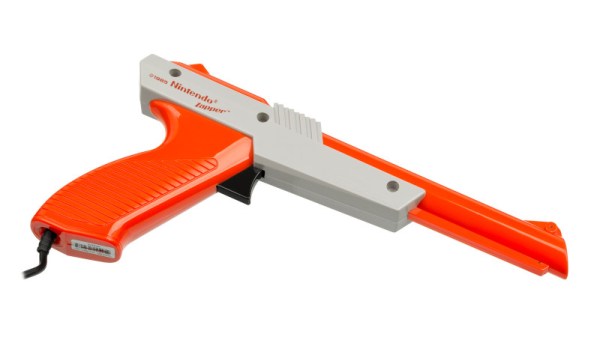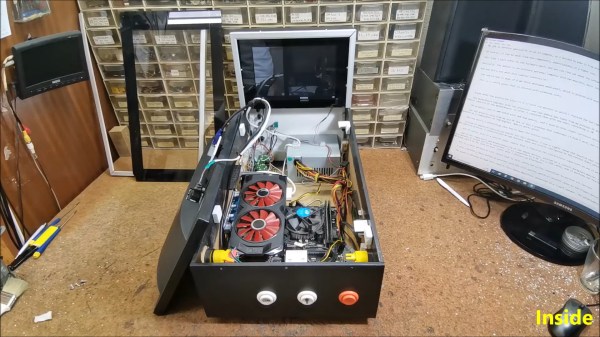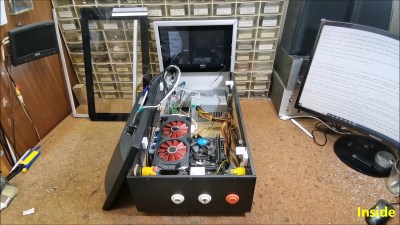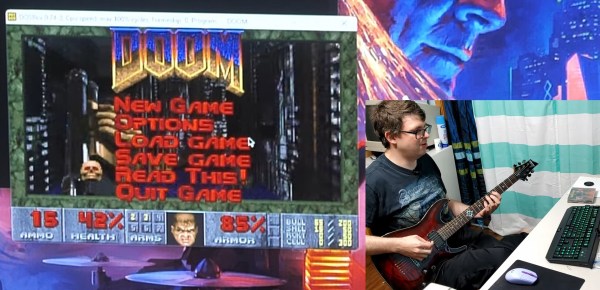Before there were massively multiplayer online role-playing games (MMORPGs) like EverQuest, the genre was called a Multi-User Dungeon (MUD), following in the trend of calling text adventures at that time ‘dungeon crawlers’. These multi-player games required you to bring along your own imagination, for these were purely text-based affairs. Despite the first of these (MUD1) having been released all the way back in 1978 for the DEC PDP-10, these games are still being played today, long after they stopped being in the (game) news cycle.
The brief history and today’s status of MUD1 is covered in a recent article by [Bryan Lunduke], following its creation in 1979 in the UK by [Richard Bartle] and [Roy Trubshaw], its struggles and eventual renaming to ‘British Legends‘
Technically all you need to play is a telnet client, though you can always use a graphical web browser to log into a text adventure. Much like playing a game like Zork — which heavily inspired MUDs — you got to use your wits and map drawing skills to figure out how to navigate around the world. You can also play the new and improved MUD: MUD2. Make sure to take a peek on [Richard]’s aesthetically yellow MUD-related website and the latest gossip in the Muddled Times before joining either the UK MUD2 server or the Canadian one.
Although definitely leaning on one’s imagination more than the advanced graphics of a graphical MUD like EverQuest require, there’s a lot of fun to be had in these MUDs, as well as the plethora of others.
Thanks to [Stephen Walters] for the tip.

